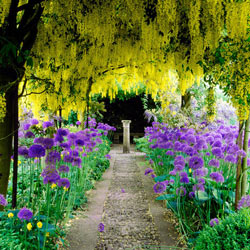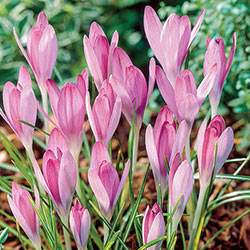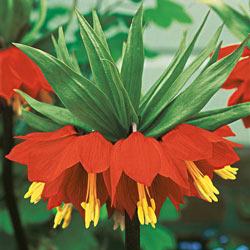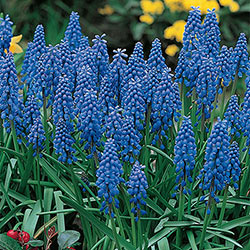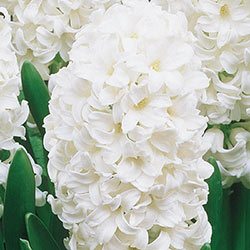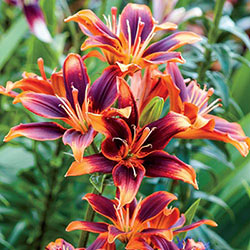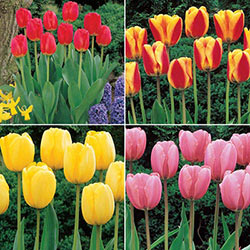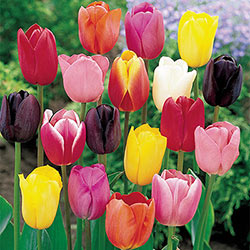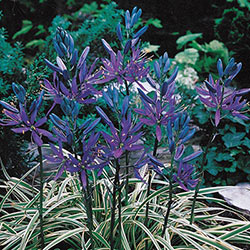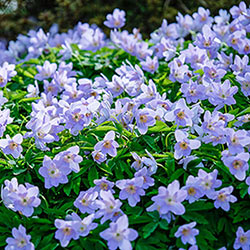- New
Check Out Our New VarietiesX
-
Fall-Planted Bulbs
Fall Planting for Spring Blooms X
-
Spring-Planted Bulbs
Spring Planting for Summer Blooms X
-
Sun Perennials
Create Brilliant Borders with Sun-Loving Plants X
-
Shade Perennials
Brighten Up Shady Spots with Much Needed ColourX
- Super Sak®
- Garden Essentials
Fall-Planted Bulbs
Flower bulbs are simple and inexpensive to plant, require minimum upkeep, and will increase in beauty each year. Fall bulbs capture the very essence of spring; they wait through the cold winter and are a welcome sight when they burst into bloom! Breck's Canada is the biggest name in blooming bulbs, so check out our collection of Dutch bulbs for your garden!
When to Plant Fall Bulbs
Fall bulbs should be planted in autumn, after the temperatures drop below 50 degrees but before the ground is frozen solid. We send your bulbs at just the right time to plant.How to Plant Fall Bulbs
Growing flower bulbs is simple and rewarding–plant your bulbs in fall, and wait to be greeted by springtime foliage and blooms. We'll send you your flower bulbs at the right time to plant, and you provide a great location!Choosing a planting site may be the hardest part of planting fall bulbs, but it's fairly easy with a few musts in mind. Any garden can benefit from spring-flowering bulbs–you just need to find the right fit for your landscape and climate. Most flower bulbs prefer sunny spots, but some early-blooming flowers like snowdrops can bloom in the shade. Fall-planted bulbs require well-draining soil, so select a location where water doesn't pool. Avoid low spots in the landscape, or plant near downspouts. As you choose your location, consider the full height and spread of your eventual bulbs. Bulbs are perfect for naturalizing in an open space! Or, try creating a border of shorter bulbs in front of taller cultivars.
Once you've selected a location, you're ready to plant. Loosen the soil with a space or aerating tool, and add any amendments necessary. Compost or loam is a great choice for adding to compacted soil, as it allows the soil to remain airy and well-draining. If you have poor soil quality, mix in compost to increase the nutrient levels of your garden.
Next, dig a hole for each bulb, or dig a trench in which to set your bulbs. A good rule of thumb is to plant your flower bulbs at about three times the depth of their height. So, a one-inch-tall bulb should be planted at three inches deep. Set each bulb with the pointed end facing up, then backfill. Water just once, to help settle any air bubbles. Then, mulch over your bulbs to protect them over the winter!
Fall Bulbs to Plant in Canada
Because no part of Canada is frost-free, tender bulbs won't last over winter in the ground. However, many types of hardy bulbs will come back year after year in Canadian climates. Here are some of our favorite fall-planted bulbs for northern climates:While climate can be a limitation in gardening, it doesn't need to be. Several types of bulbs benefit from the heavy freeze provided by northern gardens.
Can You Plant Bulbs in the Spring?
Some types of bulb-grown plants, such as gladiolus and dahlias, should be planted in the spring. These types of bulbs, called tender bulbs or rhizomes, can begin growing just after they were planted. However, hardier bulb-grown plants, such as tulips, crocuses, and the other plants traditionally placed in the fall, require a cold period before blooming. So, most of those fall-planted bulbs are truly best planted in the autumn.That said, if you don't plant your bulbs in the fall when you receive them, they likely won't be viable come the following fall. If you find some unplanted bulbs while preparing your garden for spring, go ahead and place them in the garden–this is their best chance of survival, and they may take off.
In some northern climates, gardeners may choose to store their bulbs over the fall and plant them in spring, because the bulbs aren't cold-hardy to their zone. In order to do that, you'll still need to provide a cold period for your bulbs to sprout. Store them for three months in a cold garage or refrigerator, but don't freeze them. After the ground has thawed, set them in the ground in spring.



